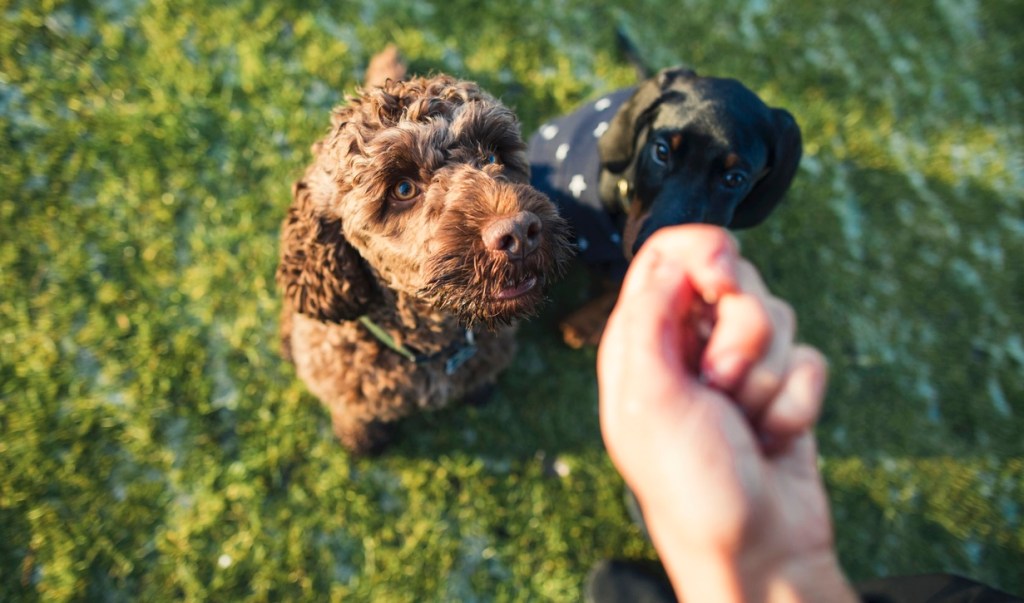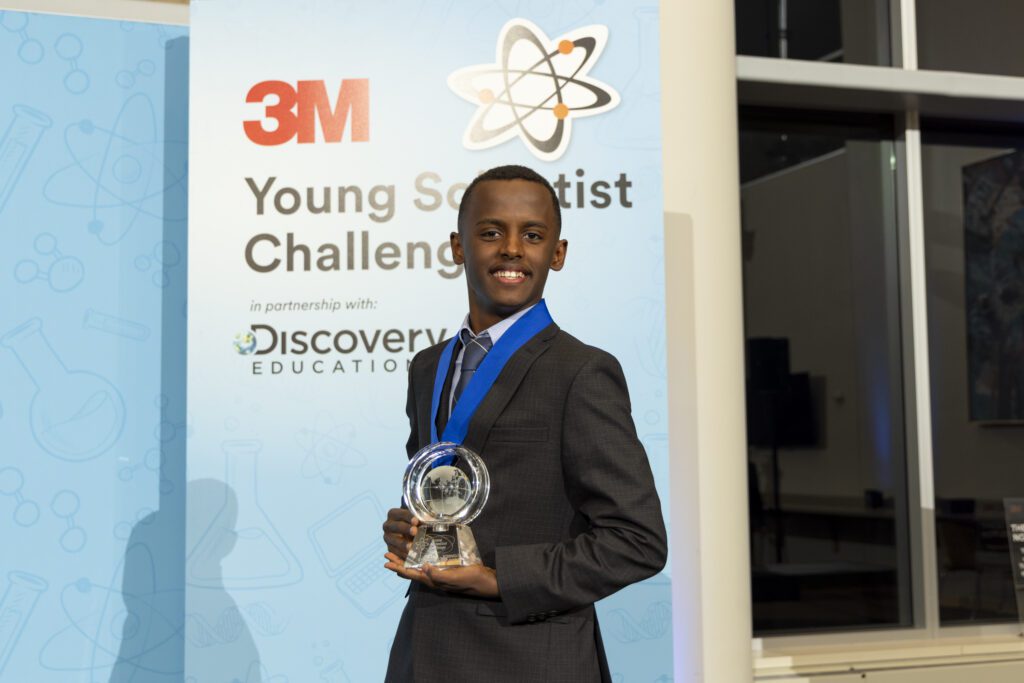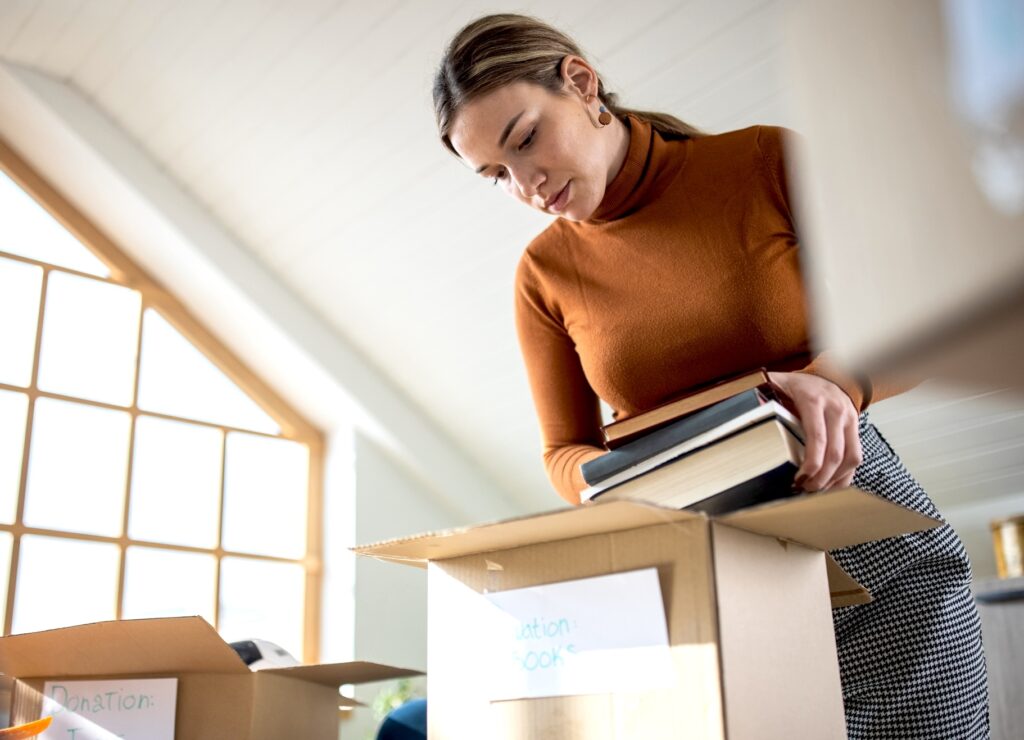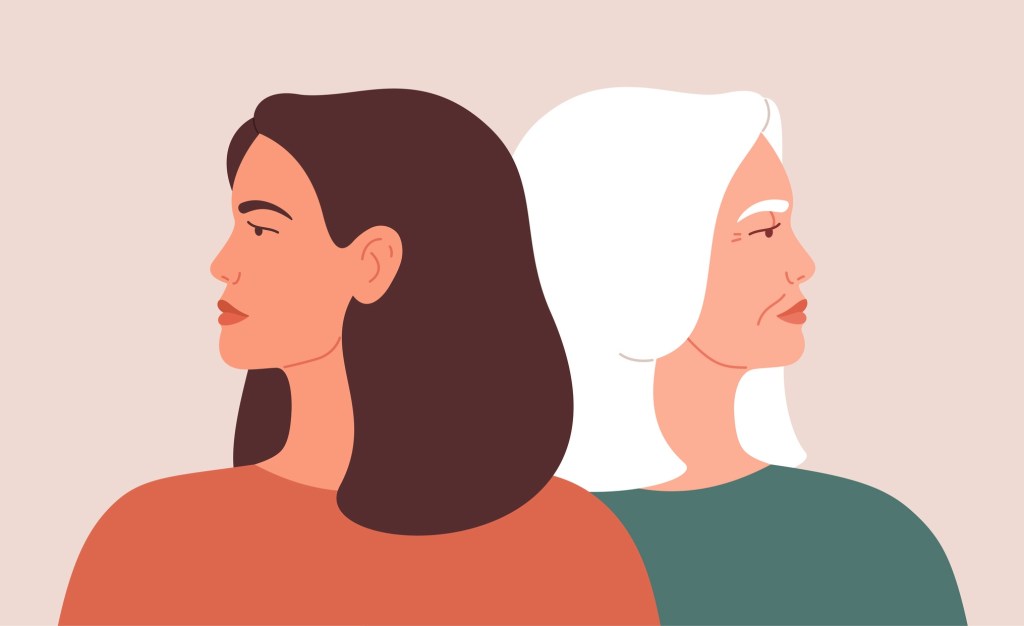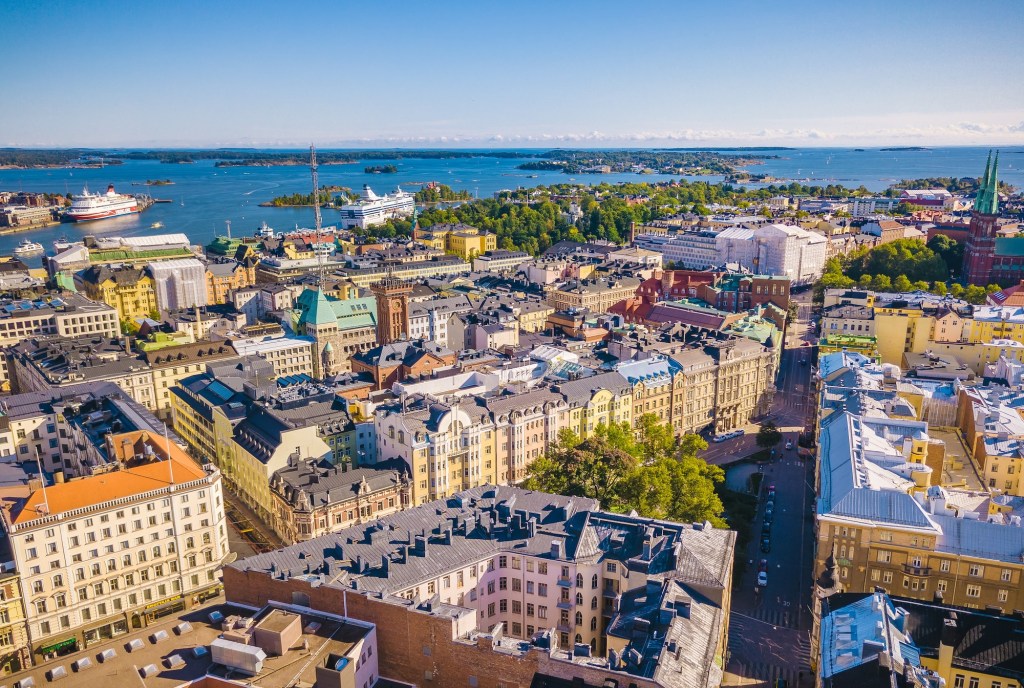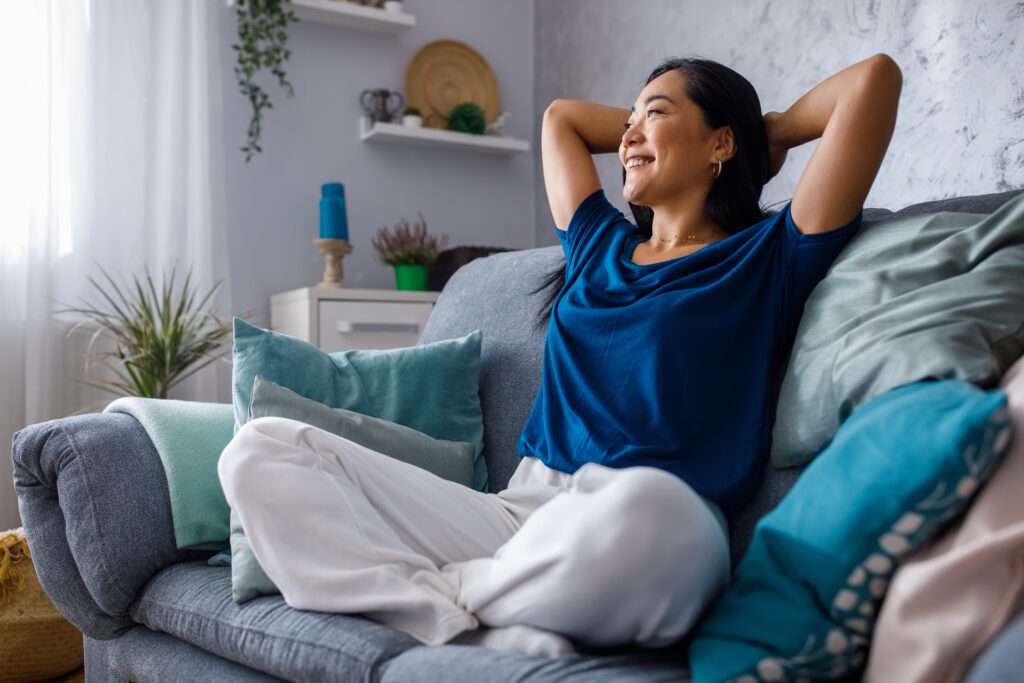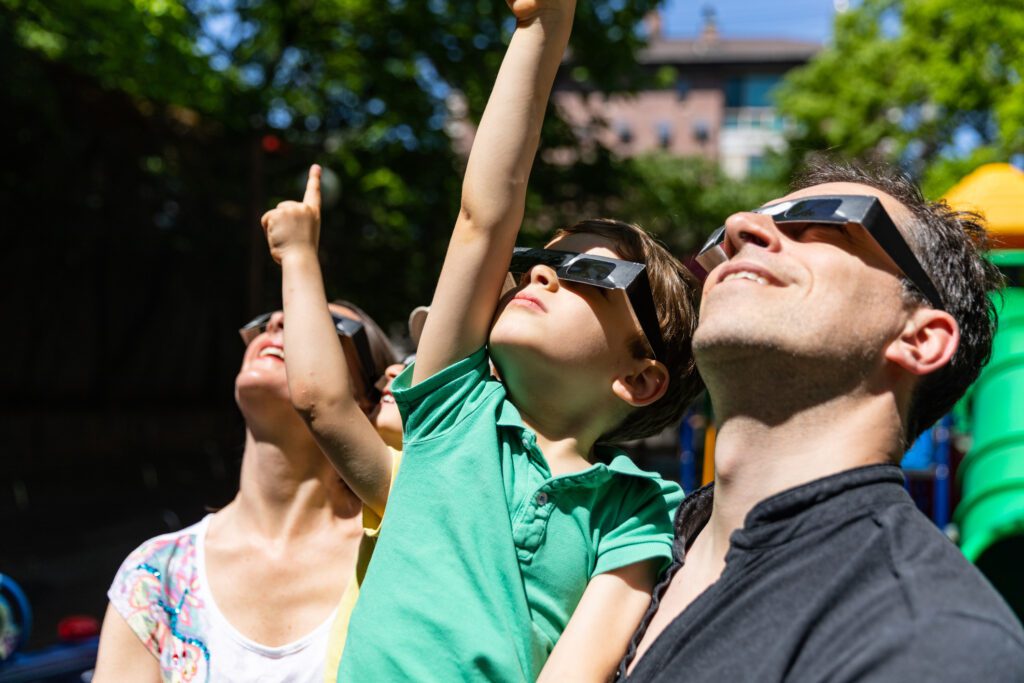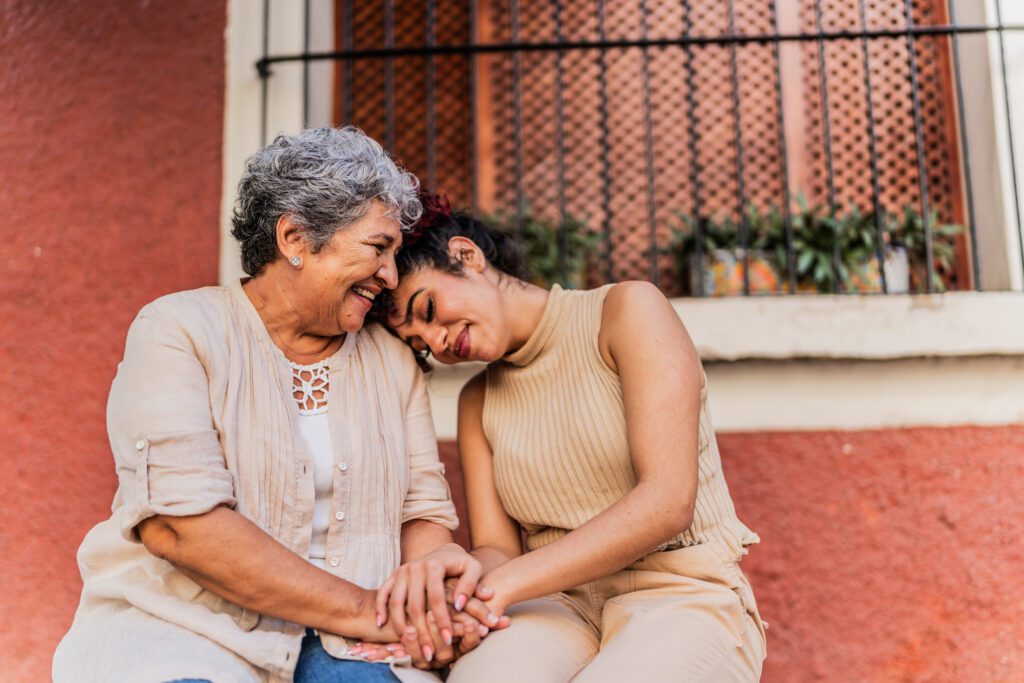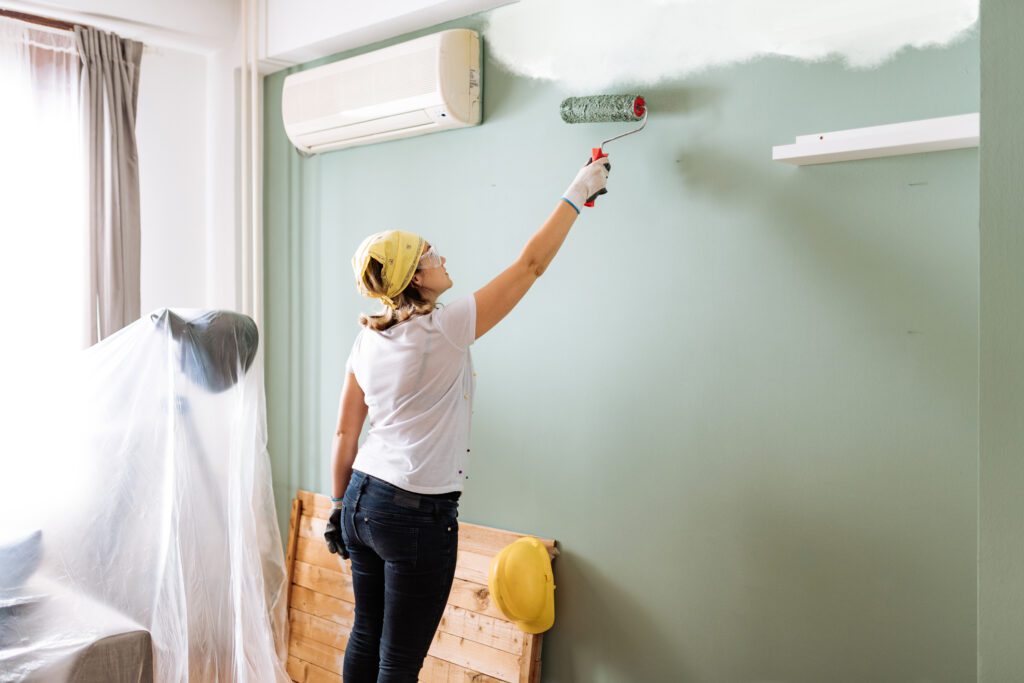The Annual Beluga Cam Is Now Live — And You Can Join the Ranks as a Citizen Scientist
Each year on July 15, Polar Bears International hosts Arctic Sea Ice Day to raise awareness about the Arctic and the threats it faces — particularly that it may be warming four times faster than the rest of the planet. Sea ice is critical for a number of species, including polar bears and beluga whales, and […]

